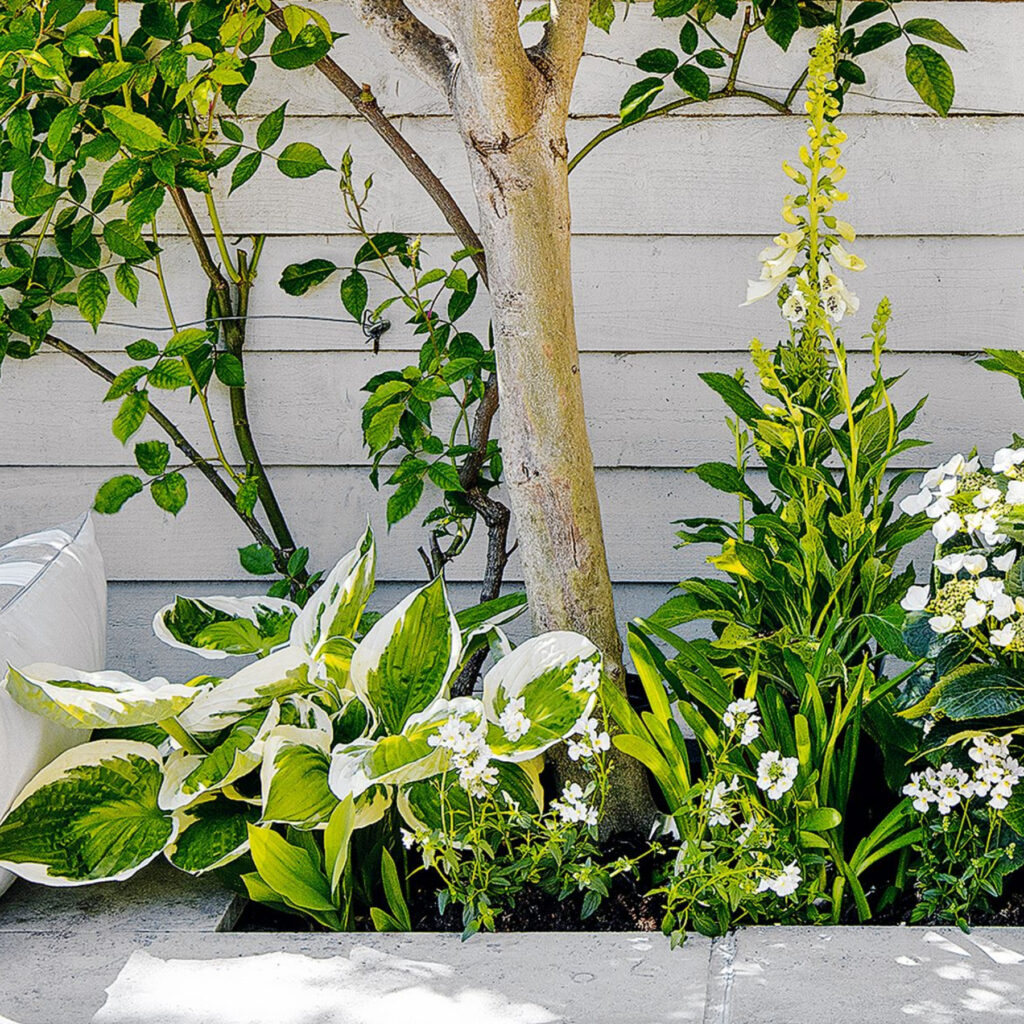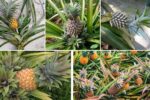Every gardener faces that one spot in the yard — a shady corner under a towering tree, a dim side yard, or a north-facing border where sunlight barely makes an appearance. These areas often get overlooked because many believe flowers won’t thrive without full sun. But here’s the good news: with the right flowers and strategies, shady spots can be just as colorful, lush, and lively as sunny ones.
In this article, we’ll show you how to embrace your shade garden and share 10 practical, creative tips to brighten those shady areas with flowers that thrive in lower light.

1. Choose Shade-Loving Flowering Plants
The first and most important tip is to select flowers that naturally thrive in partial to full shade. Not all plants crave sunlight — many are perfectly content in dappled light or deep shade, and some even bloom more beautifully away from intense heat.
Popular Shade-Loving Flowers:
- Impatiens: Classic for colorful borders and containers.
- Begonias: Available in shades of pink, red, orange, and white.
- Astilbe: Feather-like blooms in shades of pink, red, and white.
- Bleeding Heart (Dicentra): Graceful arching stems with heart-shaped flowers.
- Foxglove (Digitalis): Tall spikes of tubular flowers.
- Hostas: Known for foliage but also produce charming lavender or white flowers.
Pro Tip: Look for plant tags labeled “partial shade,” “shade tolerant,” or “full shade” when shopping at nurseries.

2. Use Light-Colored Flowers to Brighten Dark Spots
Shady areas can feel heavy and dark, so choosing flowers with light, pastel, or bright-colored blooms helps reflect available light and create a sense of openness and brightness.
Best Color Choices:
- White (e.g., white Impatiens, Astilbe)
- Pale pinks
- Soft yellows
- Light purples
Bonus: White and pastel flowers often glow beautifully at dusk, making them ideal for evening enjoyment.

3. Add Variegated and Foliage Plants
When flower options are limited, variegated foliage plants step in to brighten shady spots. Their leaves often feature white, cream, or yellow patterns that catch the eye and lighten up the space.
Top Variegated Plants:
- Variegated Hostas
- Lamium
- Caladium
- Coleus (shade-tolerant varieties)
- Brunnera ‘Jack Frost’
Pro Tip: Mix foliage textures and colors for a more dynamic, layered look even when flowers aren’t in bloom.

4. Plant in Layers for Depth and Interest
Just because a space is shady doesn’t mean it has to be flat or sparse. Plant flowers and foliage in layers — tall plants at the back, medium-height plants in the middle, and low-growing or ground-covering flowers in front.
Sample Layering:
- Back: Foxglove, Astilbe
- Middle: Bleeding Heart, Begonias
- Front: Impatiens, Lamium
This technique creates a sense of fullness, dimension, and movement, making shady areas feel alive and inviting.

5. Use Containers to Add Portable Color
Container gardening is a fantastic solution for shady spots, especially under trees or near shaded patios where digging into the soil might not be practical. Move containers around to experiment with different flower combinations and placement.
Best Container Flowers for Shade:
- Impatiens
- Begonias
- Torenia (Wishbone Flower)
- Fuchsia
- Coleus
Tip: Use light-colored or decorative pots to enhance brightness.

6. Incorporate Shade-Loving Hanging Baskets
Hanging baskets are an easy way to bring flowers to eye level and fill vertical space in shady areas. They also help maximize your gardening space without overcrowding the ground.
Great Hanging Basket Flowers for Shade:
- Fuchsia
- Trailing Impatiens
- Lobelia
- Torenia
Hang them from tree branches, pergolas, or shady porch eaves for bursts of color overhead.
7. Choose the Right Soil and Amend It
Shady spots often have poor, dry, or compacted soil, especially under trees. Improving soil quality ensures better flowering and plant health.
Soil Improvement Tips:
- Add organic compost to increase nutrients and retain moisture.
- Use leaf mold or aged manure to mimic woodland conditions.
- Ensure good drainage to prevent root rot.
Pro Tip: Many shade-loving flowers prefer slightly acidic, rich, and moist soil — similar to a forest floor.
8. Keep an Eye on Moisture Levels
While shady areas lose less moisture than sunny spots, large trees and dense shrubs can still compete with flowers for water. Consistent, even moisture is key for most shade flowers.
Watering Guidelines:
- Water deeply but less frequently to encourage deeper roots.
- Mulch around plants to retain moisture and suppress weeds.
- Monitor during dry spells as shaded soil can dry out more than you might expect.
Tip: Avoid overwatering, which can be just as harmful in shady areas prone to slower evaporation.
9. Create Brightness with Decorative Accents
Beyond plants, you can further brighten shady spots using decorative elements that reflect light or add color.
Easy Accents:
- White or pastel-colored garden furniture.
- Light-colored pebbles or gravel pathways.
- Decorative mirrors mounted on fences or trees.
- Hanging lanterns or string lights.
- Brightly painted garden ornaments or birdbaths.
Bonus: These features create focal points and draw attention even when flowers aren’t in bloom.
10. Rotate Seasonal Shade Flowers for Year-Round Color
Many shade-loving flowers bloom in specific seasons. To keep shady spots lively throughout the year, plan for seasonal rotation.
Seasonal Suggestions:
- Spring: Bleeding Heart, Lungwort, Hellebores
- Summer: Impatiens, Astilbe, Fuchsia
- Fall: Toad Lily, Japanese Anemone
- Winter: Colorful Heuchera foliage, evergreen ferns
Tip: Mix perennials with annuals to keep your shady flower beds interesting and ever-changing.
Final Thoughts
Gardening in shade doesn’t mean sacrificing color, vibrancy, or beauty. By choosing the right plants, playing with light-reflecting flowers and foliage, and adding creative touches, you can transform dim, forgotten areas into lush, blooming oases.
Whether you’re working with a woodland garden, a shaded patio, or a north-facing fence line, these 10 practical tips will help you brighten those spaces and enjoy a garden that’s as stunning in the shade as it is in the sun.





